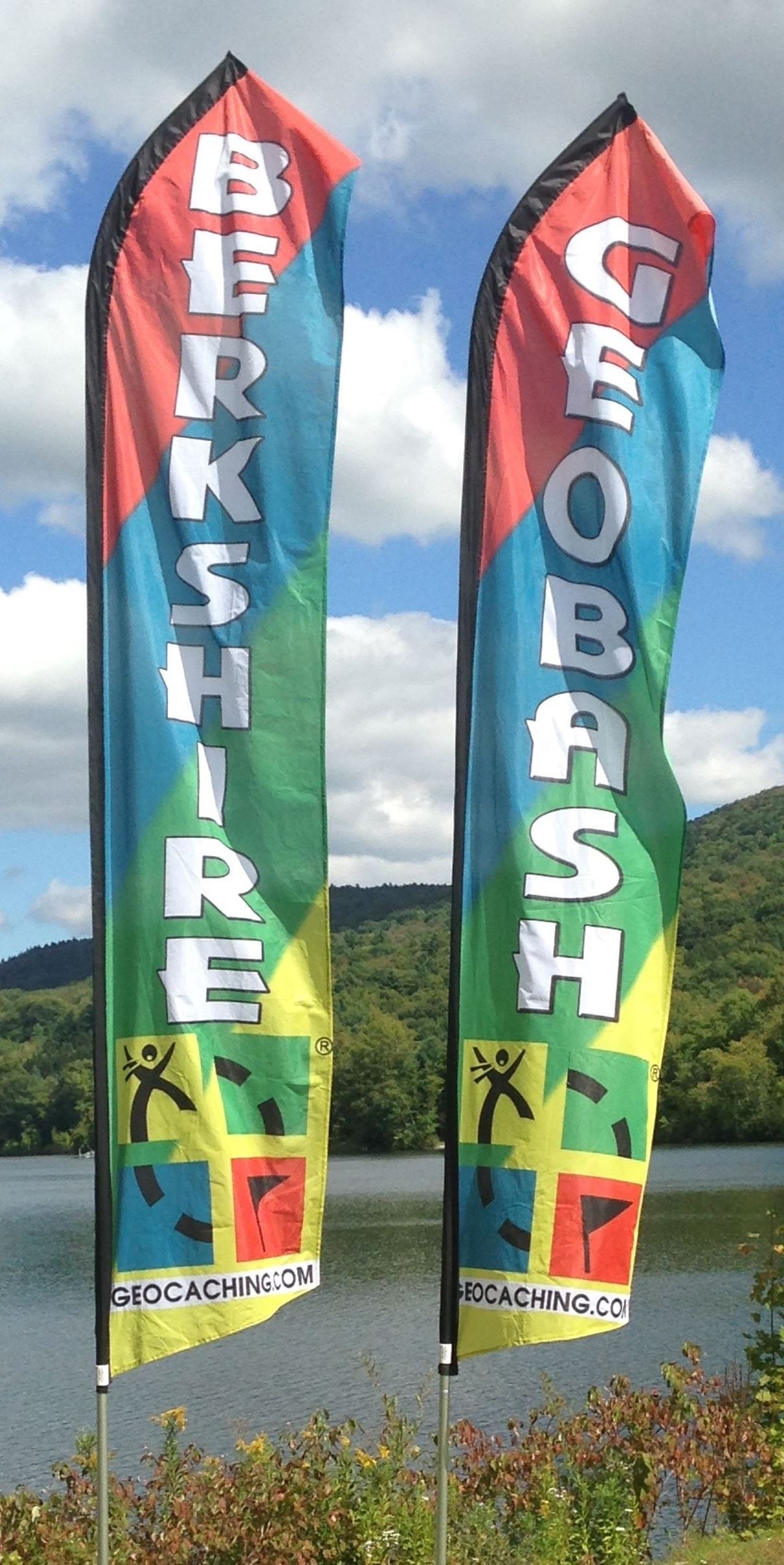Balance Rock Earth Cache EarthCache
-
Difficulty:
-

-
Terrain:
-

Size:  (other)
(other)
Please note Use of geocaching.com services is subject to the terms and conditions
in our disclaimer.
 In the vicinity of the listed coordinates you will find a bunch of large boulders ranging in sizes from a small VW bug to a large pop-up camper.
In the vicinity of the listed coordinates you will find a bunch of large boulders ranging in sizes from a small VW bug to a large pop-up camper.
What are they you ask? How did they get here? Where are they from?
These boulders are Glacial Erratics.
Between 10,000 and 15,000 years ago, most of the North America continent saw its most recent ice age. Most of continent was covered by a massive glacier. This ice age was known as the Wisconsin ice age. At some points on the ice, the depth could reach over a mile thick!
Every day and night the process of frost wedging would occur. Through this process water would get into the cracks and crevices of the rocks that lie along side or under the glacier and freeze, thus making the cracks longer and wider. As this process occurred, along with the shifting and moving glacier, rocks of all sizes and types would eventually break off from the main rocks that they were attached to and get carried away with the advancing glacier. Sometimes if the rocks or even boulders were in the path of the glacier it would rip them from where they were and carry them off with the advancing glacier
Then about 10,000 years ago the ice began to recede, leaving a new land of valleys, rivers, planes and mountains in its wake. As the ice began to melt away, anything that was inside of it was released from its bonds and left in its wake.
A glacial erratic is a piece off rock that deviates from the size and type of rock native to the area in which it rests; the name "erratic" is based on the errant location of these boulders. These rocks were carried to their current locations by glacial ice. Erratics can range in size from pebbles to large boulders such as Big Rock (16,500 tons) in Alberta Canada.
These huge rocks were often moved hundreds of miles and then deposited by the receding glacier on top of a completely different rock type in a far away area.
Most very large erratics, those three feet or more in diameter, tend to be igneous or metamorphic rocks, such as granite or gneiss. Such rocks are hard and much more resistant to abrasion and fracturing than are sedimentary rocks such as limestone. In some places, uncommonly large granitic erratics (10 feet or more in diameter - some are car-sized, measuring up to 20 feet across) are numerous.
Most glacial erratics are rounded and worn, but some of them have beveled or faceted surfaces. During the course of their journey, the rocks were jostled against one another, or against the rock over which the glacier was flowing. As a result of this rubbing, the surfaces were planed smooth. Glacial transport fractured some boulders, producing fresh, angular edges. Some erratics are grooved or polished, a result of abrasion by the moving ice. Coarse sand and gravel within the ice scraped against the boulders, scratching or "striating" them, sometimes as the boulder moved along with the advancing glacial ice or when the glacier flowed over a hard, stationary rock. Striated boulders with straight grooves are sometimes found buried, in "boulder pavements," which are lag deposits of boulders that were covered by younger glacial deposits.
If the boulders have not moved, the striations can sometimes be used to determine the direction of glacial flow.
Now is the time to gain credit for this EarthCache. You are going to become a temporary Geologist.
Geologists identify erratics by studying the rocks surrounding the position of the erratic and the composition of the erratic itself.
Balance Rock fits the classic description of an erratic. The boulder itself is a large piece of limestone that weighs approximately 165 tons. The case for it being an erratic comes from the fact that this large sedimentary boulder sits perched precariously atop an exposed ridge of metamorphic gneiss – clearly different from the bedrock in the immediate area. This means that a glacier picked up the limestone from another location and dropped it here as the glacier receded (melted) and could no longer support the boulders weight. Although some carbonates do exist in western Mass, the limestone most likely originated in northwestern New York or beyond.
To log this Earth Cache please click on "Message this owner" at the top of the page and answer the following questions.
1) What is the height from the ground to the lowest point on the unusual sitting Bolder?
2) What do you see at the base of the unusual sitting rock? (look real close at it)
3) What type of features can be found on the unusual rock? (see * at bottom of listing)
Please do not post any pictures that would give away any of the answers to the questions asked.
* Facets are flat faces on geometric shapes
* A beveled edge refers to an edge of a structure that is not perpendicular (but instead often at 45 degrees) to the faces of the piece.
* Round is the shape of a circle
Additional Hints
(No hints available.)